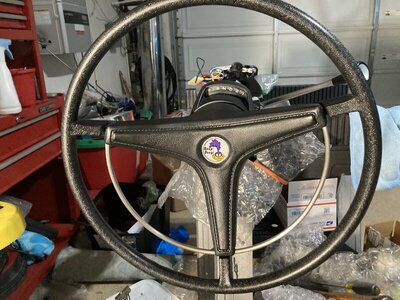- Local time
- 11:12 AM
- Joined
- Oct 8, 2012
- Messages
- 6,494
- Reaction score
- 2,849
- Location
- Valencia, España
If you are adding that kind of stuff, consider an alt able to provide all the power as posible at the less RPMs as posible... this means Iddle. Then also upgrade the wiring accordingly.
You should make this KEEPING OR NOT the ammeter. The battery is just a reserve load capacity and crank up power source, but everything on car must be matched with a correct alternator for everything. However, trust on me and some others who already made it around you can keep the stock ammeter still with all those accesories as far everything is correctly hooked up, works on the correct stages and be sure about and ammeter check inside for a good conditions gauge and related isolators. Remember our cars have been abused for 50 years and electrcal system is the more dismissed area of the car when talking about abuses.
You should make this KEEPING OR NOT the ammeter. The battery is just a reserve load capacity and crank up power source, but everything on car must be matched with a correct alternator for everything. However, trust on me and some others who already made it around you can keep the stock ammeter still with all those accesories as far everything is correctly hooked up, works on the correct stages and be sure about and ammeter check inside for a good conditions gauge and related isolators. Remember our cars have been abused for 50 years and electrcal system is the more dismissed area of the car when talking about abuses.

















